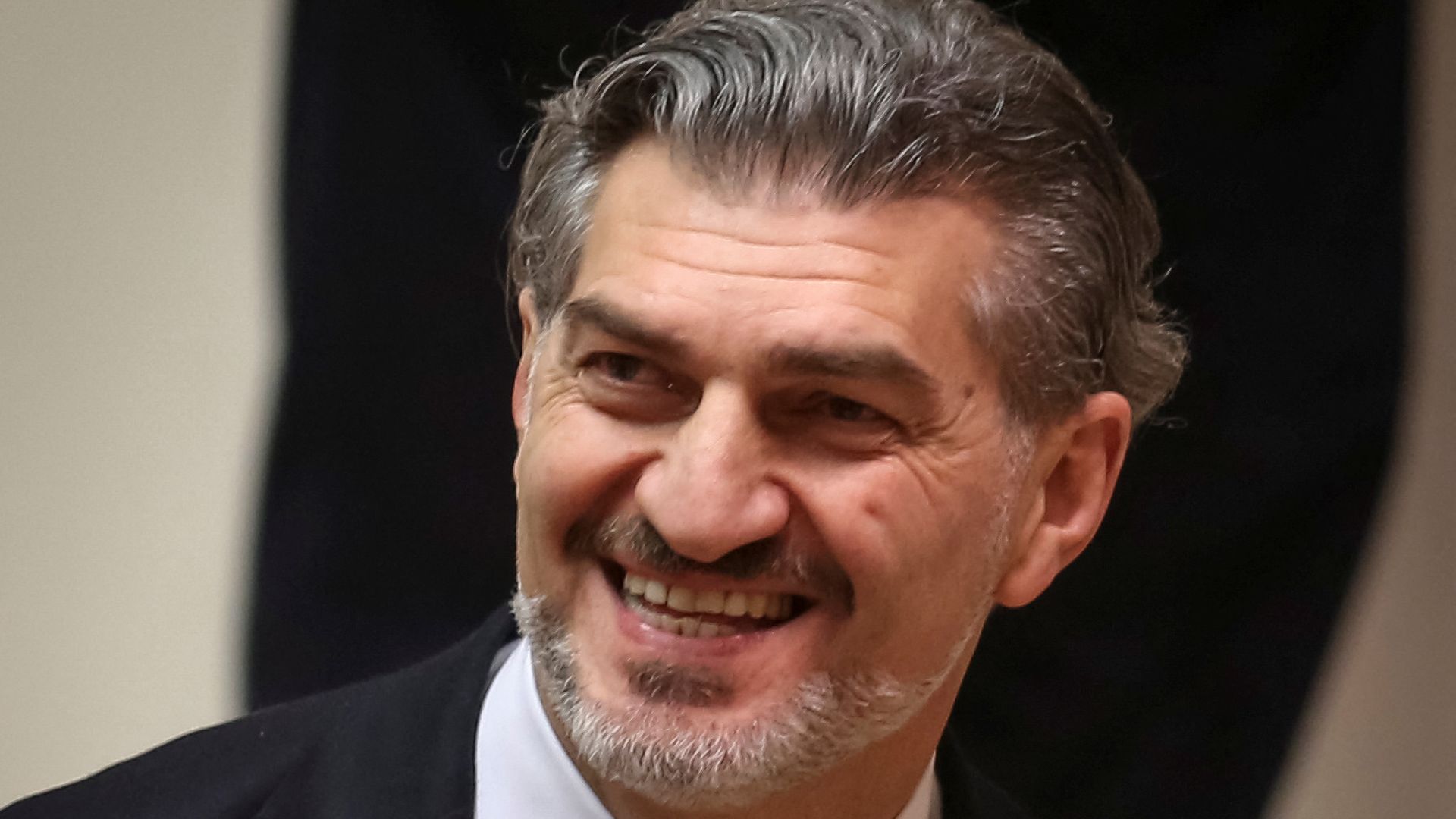
Birds are picky. They know exactly what they like. They will keep choosing to nest in the same area year after year.
I am reminded of that whenever I walk into Bangor City Forest.
I’ve been birding the forest for decades. During that time, generations of birds have come and gone, yet the same species are in the same spots every year. It may be that one year’s fledglings return as adults to the same spot the following year.
More likely, certain spots are ideal for certain birds, and the winner is whoever gets there first. Or they fight over it.
The official name of this 650-acre tract is Rolland F. Perry City Forest, a tribute to Bangor’s long-time forester. For most of its history, the trees have been managed for species and age diversity.
During any walk through the forest, the surrounding habitat changes continually. Songbirds thrive here, each in their own spots. Every species has its own niche, if you can figure out what it is.
Maine is the most forested state in the nation. You can see birds anywhere. It’s easy to think the birds are scattered randomly throughout the woods. They’re not.
The types of trees, the density of growth, the amount of sunlight, the moisture, and the selection of food all affect which species nest where. Some birds are extroverts. Some are shy. It affects their choice of location.
According to the Maine Forest Service, there are 65 native tree species in Maine. Of those, 51 are hardwood and 14 are softwood. Each provides unique food resources to birds, whether it’s the seeds they produce or the insects that inhabit them.
Bangor City Forest is the perfect place to discover what birds really want. In the big picture, some birds prefer hardwoods. But does an individual species show a preference for maples and oaks? Birches and beeches? Ash? Aspens?
Some birds prefer softwoods. Pine warblers nest in the tall white pines, with a preference so strong they are named for this habit. Other birds may gravitate toward another species, like balsam fir or spruce. But how do they feel about hemlocks, cedar or tamarack?
What exactly is each bird looking for?
Black-throated green warblers, northern parulas and Blackburnian warblers nest higher in the canopy than other birds. Thus they are more likely to be found in the taller trees.
Common yellowthroats, yellow warblers and American redstarts nest low, often in shrubs or saplings.
Canada warblers nest just inside the entrance of the Orono Bog Boardwalk. It’s exactly the dense, wet, impenetrable habitat that this species craves.
For the same reason, a northern waterthrush is often heard singing from the slightly wetter spot just beyond.
I still don’t understand why black-and-white warblers pick the exact same spots every year. There’s always a pair next to the outhouse. Apparently, there’s something about the low shrubbery around that clearing that they like.
Likewise, magnolia warblers are in the same spots every year, even though the entire forest provides suitable habitat for them. I don’t know why they pick those spots.
And the list goes on. Red-eyed and blue-headed vireos are always in the same places. Hermit thrushes and veeries — a kind of thrush — pick the same locations each year. Six species of sparrows nest in highly predictable spots.
It’s the same situation along the Orono Bog Boardwalk. Palm warblers and Lincoln’s sparrows are bog denizens. They could nest anywhere out there, yet they are much more likely to be seen in specific spots. I’m guessing they want nearby trees of a suitable height for singing and surveying their realm.
Nashville warblers nest on the backside of the boardwalk. Since the average lifespan of a songbird is short, there must have been at least a dozen generations of Nashville warblers nesting in that same territory since the boardwalk opened in 2003. When one fails to return, a new male invariably takes it over.
The same phenomenon occurs along the Kittredge Road access to Bangor City Forest. An old, capped landfill is now maintained as a bobolink field.
On the opposite side of the road, indigo buntings have been nesting and singing in the same spot for decades. This year, I was pleasantly surprised to hear a prairie warbler singing with them. Will it be in the same spot next year?
All birders ask the same questions. We start out by asking “what?” Later, we ask “where?” Eventually, we ask “why?”
In Bangor City Forest, I ask why a lot. Bird behavior is fascinating.










